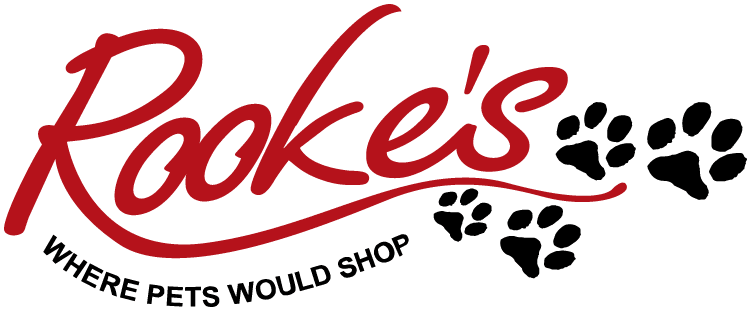It’s not only us that have to endure dental visits; healthy, mature horses have to go to the dentist too!
And they like it about as much as we do.
To help detect potential problems in between visits, here’s a simple check list you can follow.
1. Watch your horse eat. Does he drop grain or tilt his head to the side while chewing? Does he dunk his hay in the water? Such behaviors are signs of potential problems.
2. Stand in front of your horse and compare one side of his head to the other. You are checking for symmetry on both sides. Note any swellings or indentations that are on one side, but not the other.
3. Use your finger tips and gently feel around the temporalis muscle, that’s the muscle located above each eye, and masseter, that’s the large muscle covering the jaw. Compare muscles for similar size and note any soreness. If the muscles are more developed on one side, this may be a sign that your horse prefers to chew on that side.
4. Check your horse’s parotid salivary gland, located in the throat latch area, and lymph nodes, found under the jaw, for inflammation and swelling.
5. Examine the full length of the lower jaw, make a note of any hard swellings or soreness.
6. Place your fingers on either side of your horse’s cheek; about where the back teeth start. Gently feel along the side of his jaw. See if you can feel the top and bottom row of molars. Go down the top row, feeling as you go, note any soreness. Repeat this on the bottom row of teeth.
7. Observe the eyes and nostrils for unusual discharge or swelling.
8. Lift his lips and note the color of his gums. They should be a nice healthy pink.
9. Inspect the Incisors. Note down how many are present and the alignment. By the age of five there should be six permanent Incisors, top and bottom. A total of 12.
10. Smell your horse’s breath. Not what you want to hear, but it’s a good indication of any problem. It should be pleasant enough,no foul or excessively strong odor.
11. Try to inspect the cheek teeth; Molars. The best way to see the Molars is to gently grasp the tongue and pull it out so you get a good look in. If you don’t fancy getting this close to your horse, it’s a good time to wait for the dentist.
If you are brave enough to pull out his tounge so you can see, look for missing teeth, feed packed between the molars and cheek inflammation.
From completing this checklist, if you find any problems or discrepancies call the dentist. We all hate a visit with the dentist, but putting it off will make it worse.
